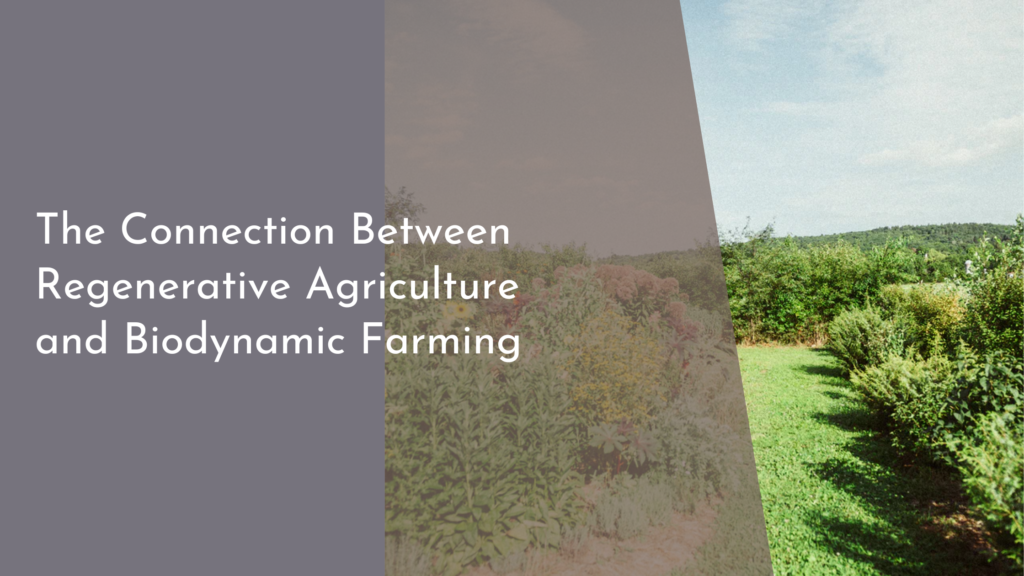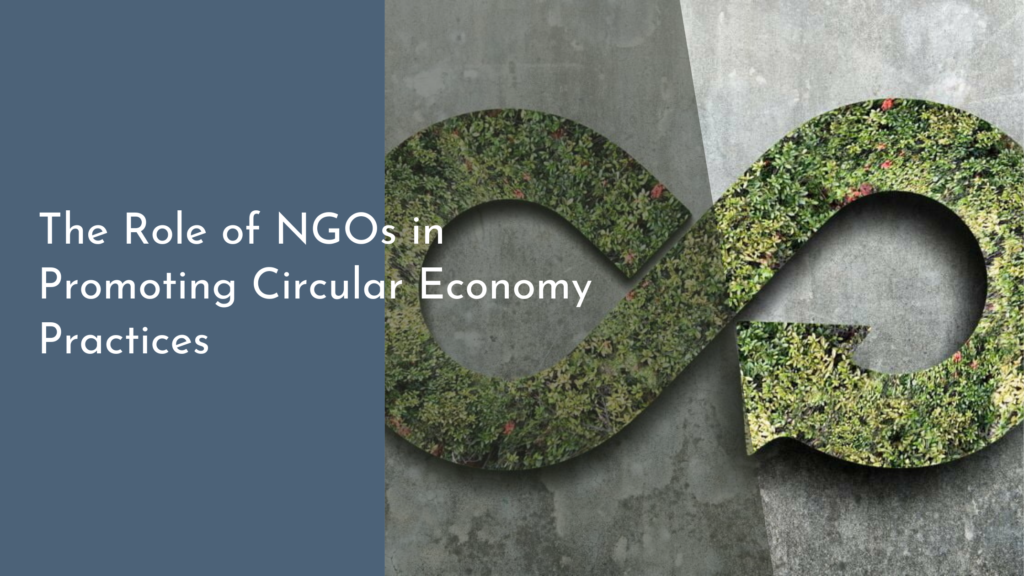The Future of Urban Underground Farming
As urban populations continue to swell, the quest for sustainable food sources becomes increasingly critical. Enter urban underground farming: a revolutionary approach that utilizes subterranean spaces for agricultural production. Beyond simply converting unused basements and tunnels into productive spaces, this innovative method offers a myriad of benefits, helping to address food security, enhance local economies, and minimize the environmental footprint of traditional agriculture. Let’s delve deeper into the remarkable world of urban underground farming and explore what the future holds for this burgeoning industry.
Exploring the Benefits of Urban Underground Farming
Urban underground farming boasts numerous advantages that make it an appealing option for cities around the globe. One of the foremost benefits is space efficiency. With land becoming a precious commodity in urban areas, underground farms can utilize abandoned buildings, tunnels, or even basements to create productive agricultural spaces without competing for precious land above ground. This innovative approach not only maximizes the use of existing infrastructure but also opens up fresh opportunities for food production in densely populated regions.
In addition to optimizing space, underground farms can minimize exposure to external environmental factors such as extreme weather and pests. This controlled environment allows for year-round cultivation, significantly increasing crop yields and ensuring a steady food supply. Furthermore, underground farming can help reduce the carbon footprint associated with food transportation, as produce can be grown closer to where it is consumed. As cities continue to evolve, urban underground farming emerges as a vital solution to meet the growing demand for fresh and locally sourced food.
Innovative Technologies Shaping the Underground Farming Scene
The integration of cutting-edge technologies is critical to the success of urban underground farming. Hydroponics and aeroponics are at the forefront of these innovations, allowing farmers to cultivate plants without soil, using nutrient-rich water instead. These systems enable greater yields in compact spaces and are particularly beneficial in underground settings where soil quality is often subpar or non-existent. Additionally, vertical farming techniques lend themselves well to maximizing space, allowing farmers to stack multiple layers of crops in a single facility, thus increasing productivity without expanding the footprint.
Moreover, advancements in artificial intelligence (AI) and data analytics are revolutionizing the way underground farms operate. Smart sensors monitor environmental conditions such as humidity, temperature, and light levels, allowing farmers to create optimal growing conditions. AI algorithms can analyze this data to predict crop growth patterns and optimize resource usage, ensuring that every drop of water and ounce of fertilizer is used efficiently. With these innovations, urban underground farming is not only becoming more productive but also more accessible to aspiring farmers looking to enter the field.
How Urban Underground Farms Promote Sustainable Living
Urban underground farms play a significant role in promoting sustainable living by addressing several pressing environmental issues. Firstly, these farms can reduce urban heat islands—a phenomenon where cities experience higher temperatures due to human activities and infrastructure. By converting unused spaces into green farms, cities can enhance biodiversity and improve air quality, leading to a healthier urban environment. Additionally, these farms can utilize renewable energy sources, such as solar panels and wind turbines, to power their operations, further reducing their carbon footprint.
Another vital aspect of urban underground farming is its potential to foster community engagement and education. Many underground farms operate as community hubs where residents can participate in workshops, volunteer opportunities, and educational programs on sustainable agriculture and nutrition. This not only empowers individuals to take control of their food sources but also strengthens community ties. By creating accessible avenues for locals to learn about sustainable practices, urban underground farms can inspire a new generation of environmentally conscious citizens committed to making positive changes in their urban landscapes.
Future Trends: What’s Next for Urban Agriculture Below Ground?
As the popularity of urban underground farming continues to rise, we can expect to see several emerging trends shaping its future. One of the most promising trends is the increased collaboration between urban farms and local governments. Cities are beginning to recognize the value of these farms in enhancing food security and resilience, leading to the development of supportive policies and funding opportunities. By fostering partnerships, urban underground farms can gain access to resources and infrastructure that enable them to scale their operations and reach more residents.
Additionally, the integration of more diverse crop species and innovative growing techniques is on the horizon. Urban underground farms are likely to expand beyond traditional leafy greens to include fruits, herbs, and even medicinal plants. As research advances, farmers may also explore the potential of aquaponics—a system that combines fish farming with plant cultivation—creating a symbiotic ecosystem that can yield multiple food sources. With the increasing demand for food innovation and sustainability, the future of urban underground farming is bright, and its impact on city living is poised to be profound.
In conclusion, the future of urban underground farming is filled with promise and potential. By leveraging innovative technologies, fostering community engagement, and promoting sustainable practices, urban underground farms are well-positioned to address some of the most pressing challenges in modern agriculture. As cities continue to explore ways to create resilient, sustainable food systems, this underground movement may very well become a cornerstone of urban living, cultivating not just crops, but the spirit of community and sustainability for generations to come.


